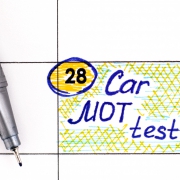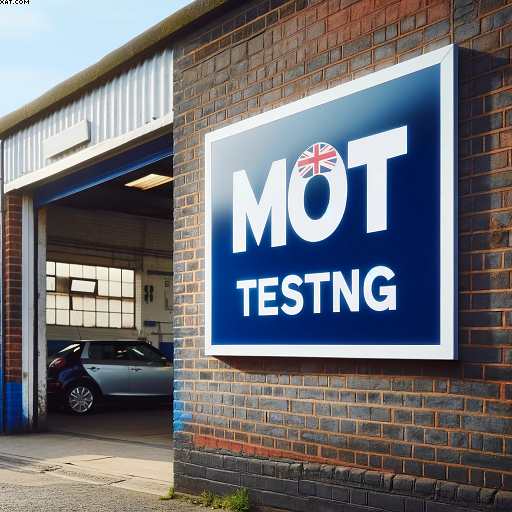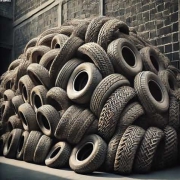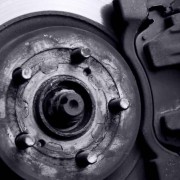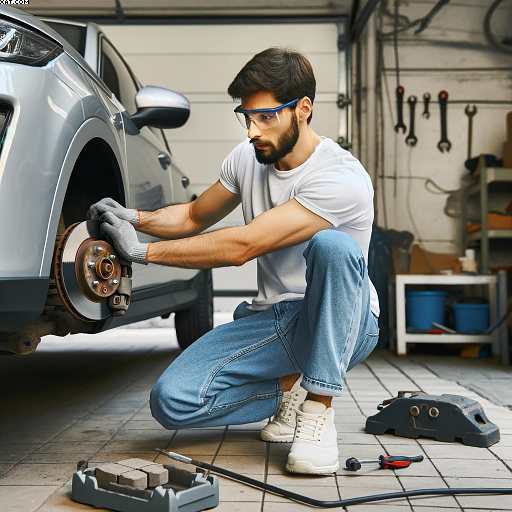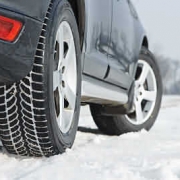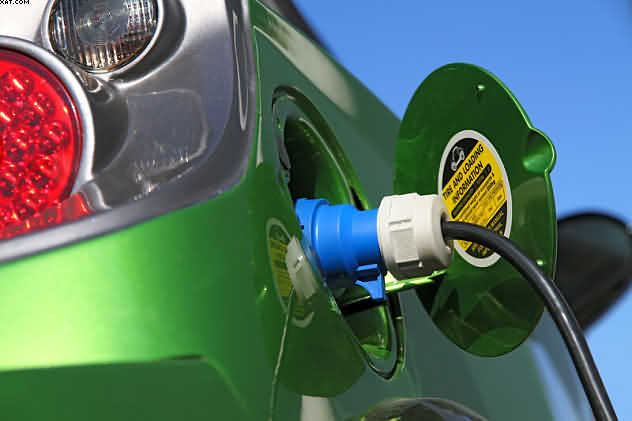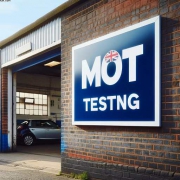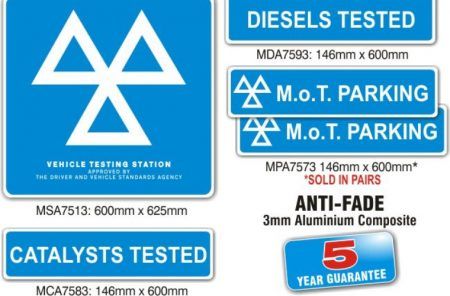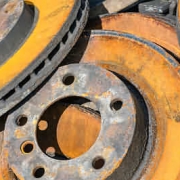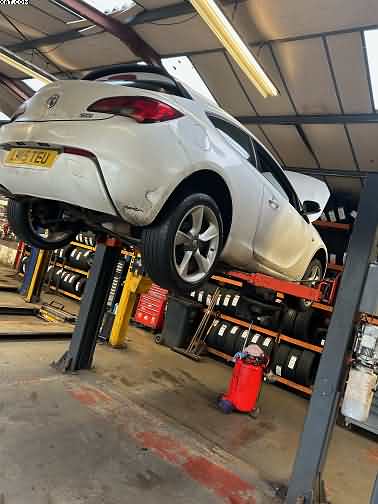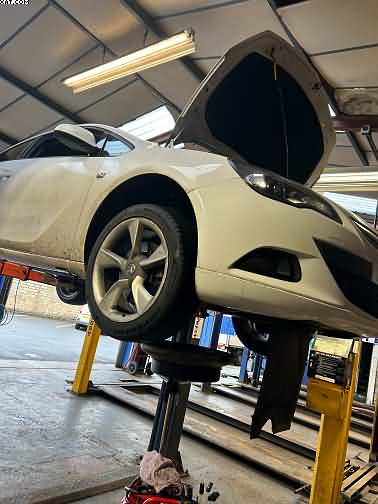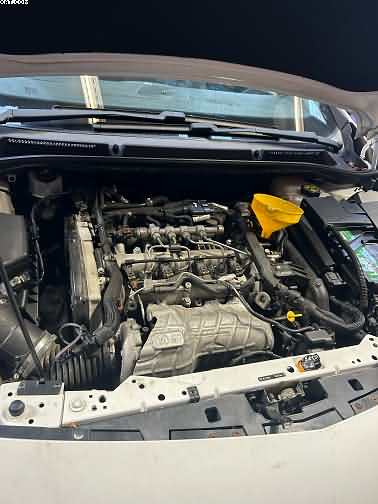Waste Tyre Uses: Great Planters
Waste Tyre Uses

Waste Tyre Uses
Correct tyre disposal is in our best interest. Old tyres are just part of the problem of recycling all our waste. In recent times, we have started to solve the problem of mass disposal of our scrap tyres. Hence, they are now turned into many useful items. Important, such as tarmac chipping, where the small pieces of rubber are shredded.
So, these rubber chips are added to tarmac to give a quieter road surface. The other big use is that they are used to power cement kilns. Thus, they are specially heated to dry out the liquid cement in large kilns. The kilns are designed not to emit any smoke into the atmosphere, making this a very green process.
In essence, the thing that I am pleased with is the millions of ways that ordinary people have found ways to use our old car tyres to make different items. Some make clothing and jewellery, but the main items are made into garden objects, and I think that they look really good. I am starting to show some of these ideas on my blog and hope to inspire people to use a few old waste tyres to make similar things.
Innovative Gardening: Turning Old Tyres Into Garden Gems. Waste Tyre Uses
Hello, fellow gardening aficionados! Today, we’ll look at a topic that’s both eco-friendly and creative: repurposing old scrap tyres in the garden. Now, before you raise your eyebrows at the idea of a tyre on a flowerbed, let me assure you that it is not only doable, but may also offer a distinct charm to your outdoor space.
Did You Know About Tyre History? Waste Tyre Uses
Tyres have been around for a while, right? But did you know that Charles Goodyear, the tyre giant’s namesake, invented vulcanised rubber in 1839? Fast forward to present, and we’re looking for methods to repurpose these rubbery circles for our gardening!
Why use old tyres in the garden?
Eco-friendly: Reusing tyres keeps them out of landfills. It’s a little start, but every bit counts in protecting our beautiful world.
Durability: Tyres are robust and can handle all types of British weather, from dreary Halifax afternoons to brief bright intervals.
Versatility: They can be utilised in a variety of ways! Planters, garden furniture—you name it.
Getting Creative With Tyres
Colourful Planters: Get some paint and let out your inner artist. Bright colours may transform a drab tyre into a lively planter. Add some petunias or geraniums, and voilà! You’ve got a statement piece.
Herb Garden: Want to cultivate some herbs? Stack a few tyres, fill with soil, and then plant your favourite herbs. For a refreshing cup of tea, try basil, thyme, or mint.
Garden Furniture: That’s right! Tyres may be repurposed into unique chairs and tables. Add some cushions for comfort, and you’ve created the ideal setting for a cup of tea in the yard.
Safety first.
A brief note: make sure the tyres you’re using are clean and free of dangerous residues. Safety comes first, always!
A nod to local charm. Waste Tyre Uses
Adding a touch of local flavour is usually a winner. Why not base your tyre garden around Yorkshire’s rich history? Perhaps a War of the Roses-inspired colour scheme, or an homage to Halifax’s own Eureka! National Children’s Museum has some fun designs for the kids.
Conclusion
There you have it: used tyres may be garden treasures. It’s all about looking at things with your imagination and being open to attempting something new. So, next time you’re going to throw out an old tyre, think twice. It might be your garden’s next big thing!
Happy gardening, everyone!
Waste Tyres Uses-Collected from any tyre depot for free
Ultimately, tyre depots would only be too pleased to let any gardener take scrap ones. Of course, to be used as planters. Here in Halifax, UK, we are only too pleased to help anyone out with some old ones.
So, to bring things up to date, gardening will become more popular in 2020. Subsequently, due to the terrible COVID-19 lockdown that we here in the UK have had to put up with,. People have taken up a greater interest in nature! Including a rise in the number of gardeners. Given these points, people in smaller gardens have taken to container based gardening. Including using old tyres again.


